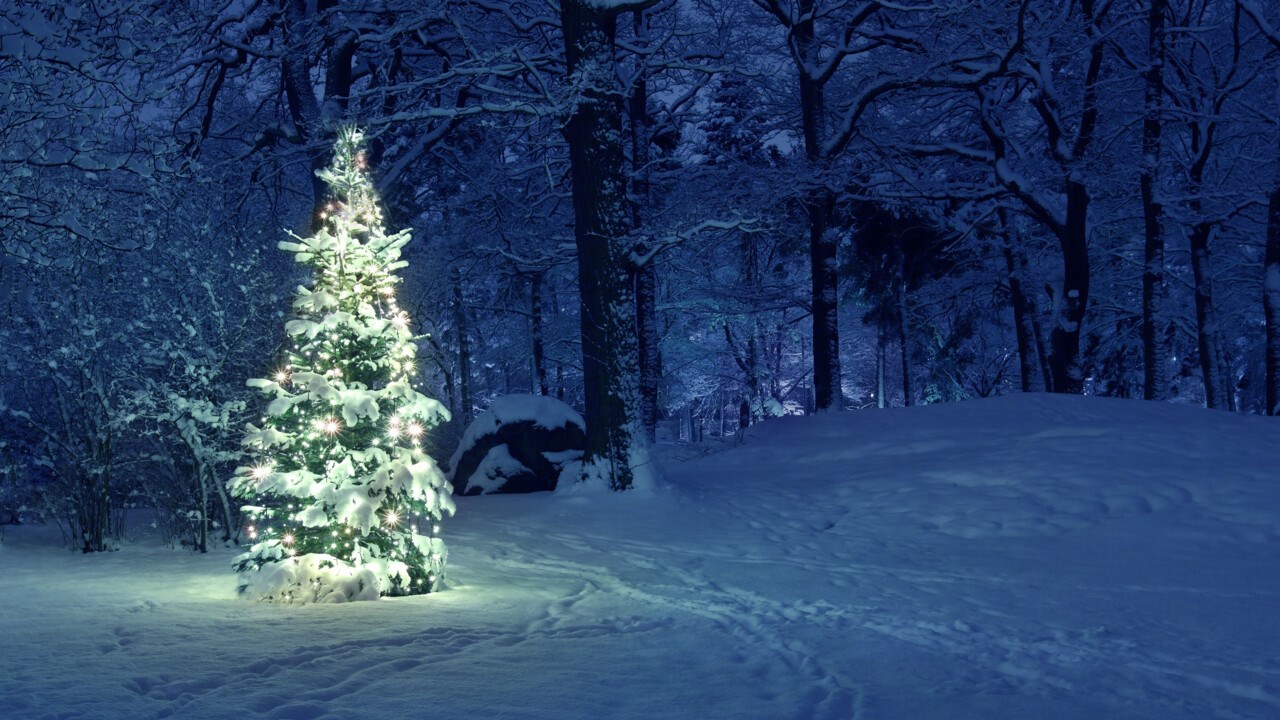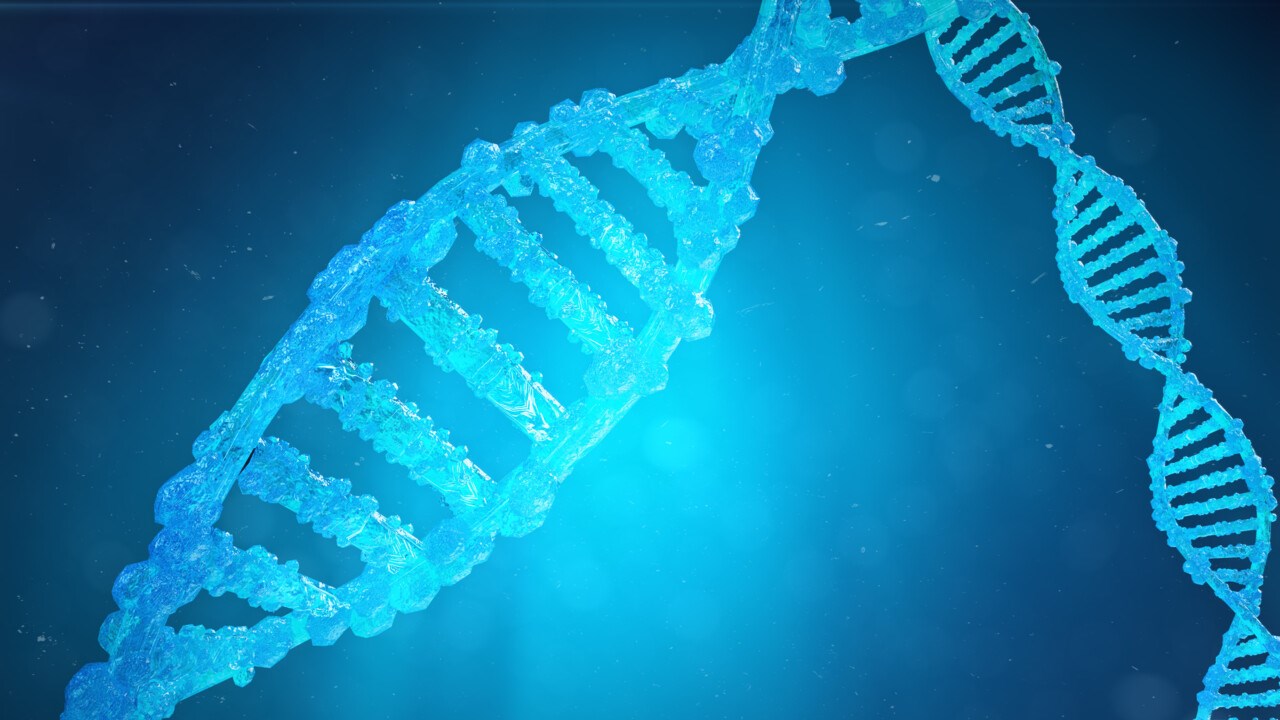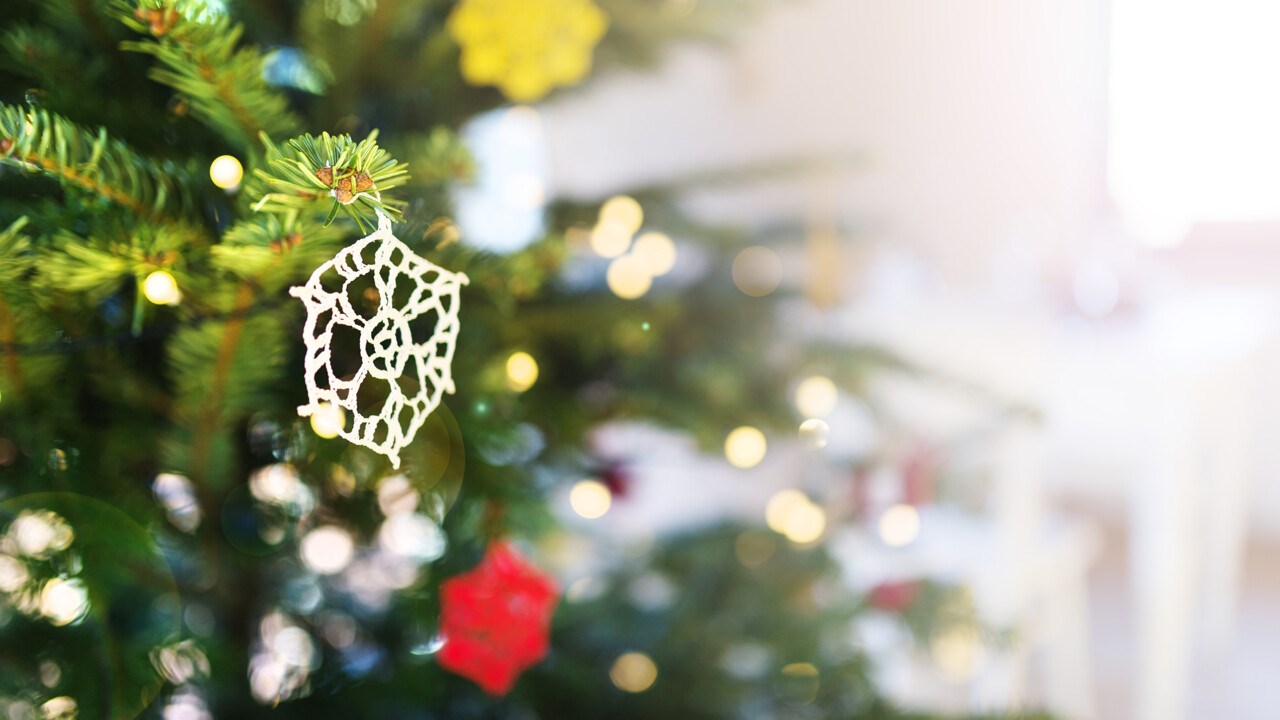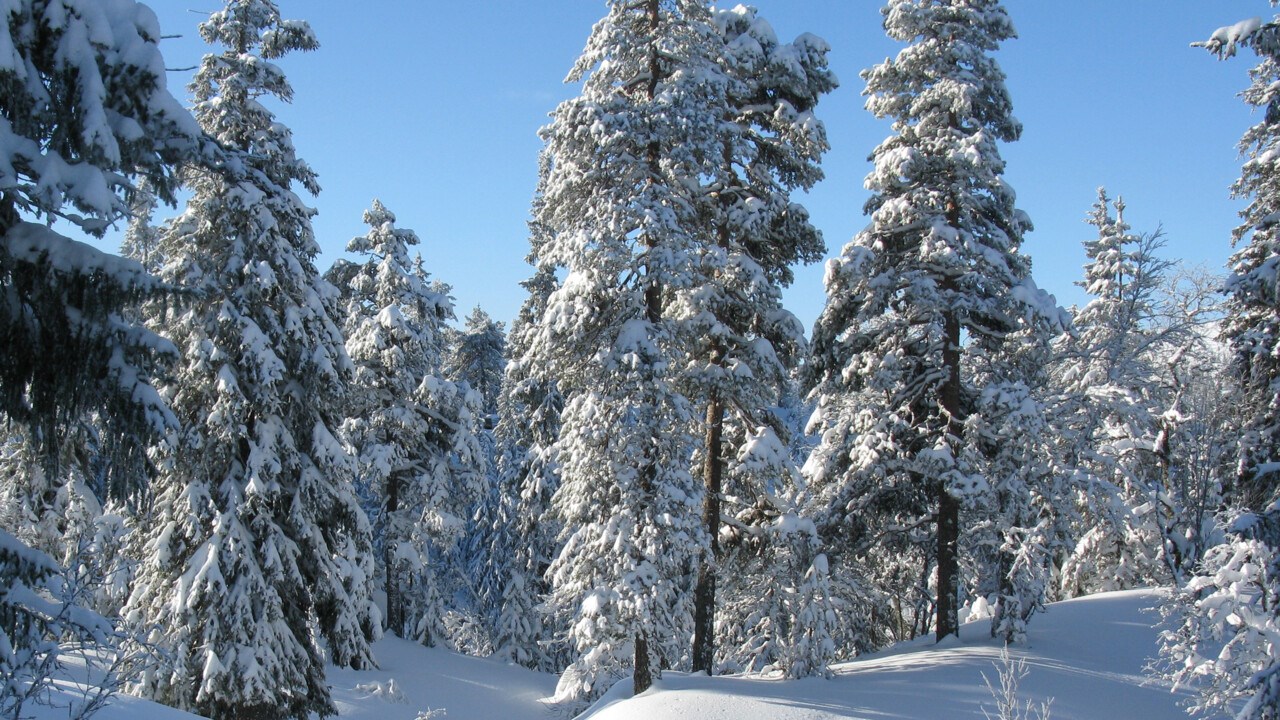NEWS The scent of forest, shiny Christmas balls, tinsel and homemade crackers – one of the highlights of Christmas is of course when the Christmas tree stands green and decorated in the house. With the help of the Nobel Prize-winning genetic scissors, assistant professor Alizée Malnoë at Umeå University, Sweden, wants to explore what makes the Christmas tree evergreen.

Christmas tree in the snow.
ImageMostphotosThe spruce retains the ability to perform photosynthesis in the winter even if the conditions are not good for carbon dioxide fixation. If the needles open their fissure openings to let in carbon dioxide, they can lose precious water that they cannot get back from the frozen ground. Recent studies have shown that the spruce's photosynthetic apparatus during the winter is short-circuited in a special way to mitigate the risk that the excess absorbed light energy will be harmful.
Intensive work is underway at Umeå Plant Science Centre, UPSC, to establish the CRISPR-Cas9 technology in spruce.
“Next year, we hope to be able to edit the spruce's genome to test how important the photo protection mechanism that we are studying in my research group is for the spruce. We intend to use the CRISPR-Cas9 genetic scissors to try to cleave the gene encoding chloroplastic lipocalin, LCNP. We know from our work with the model plant Arabidopsis that LCNP works as a kind of sunscreen for plants” says Alizée Malnoë, assistant professor at the Department of Plant Physiology at Umeå University.

Alizée Malnoë, assistant professor at the Department of Plant Physiology and Umeå Plant Science Centre, will use the genetic scissors to research the Christmas tree.
ImageFredrik LarssonAlizée Malnoë is a photosynthesis researcher and comes from France. She has an engineering degree in agronomics from ENSA Toulouse and a doctoral degree from IBPC Paris. Since then, she has held a postdoctoral position at UC Berkeley in the United States.
“Then I ended up in the heaven of Christmas trees up here in Norrland, at the plant research centre UPSC at Umeå University. I started my research group in 2018 and think that the university offers a fantastic research environment with a good working climate that can be described as the "Umu spirit" and good opportunities for collaborations” says Alizée Malnoë.
In addition to its role as a Christmas tree, the Christmas tree is also Sweden's most economically important plant and provides, for example, timber – and as such is much researched. The spruce has about the same number of genes as us humans (about 30,000), but it has a gigantic genome, says Alizée Malnoë.
“The large amount of DNA is due to the fact that many sequences are repeated in its DNA, and this may be due to inefficient housekeeping and poor removal of debris in the genome.”

DNA molecule.
ImageMostphotosIn fact, it was researchers at Umeå Plant Science Centre and SciLife Lab in Stockholm who mapped the genome of spruce in the world's largest gene project at the time. The results were presented by the researchers in the prestigious journal Nature in 2013.
Copies of the spruce clone used in the gene sequencing project were donated to the research center SciLifeLab and the Botanical Garden in Uppsala, and there it was planted.
But how did the spruce become our Christmas tree? On the one hand, the spruce, Picea abies, is our most common tree (44 percent of all trees in Sweden are spruces) and is therefore easy to "get hold of" and, as earlier said, it is beautiful and green even in winter.
According to Wikipedia, today's Christmas tree originated in the 15th and 16th century protestant parts of Germany. From the beginning, the tradition existed in the upper strata of society in the cities and then spread to wider social groups and out into the countryside. It was not until the middle of the 19th century that the tradition spread from the protestant parts in the north to the catholics in the south, and from Prussia to other German states and on to other countries.
The first decorated indoor spruce in Sweden was documented the year 1741 and stood at the manor Stora Sundby in Södermanland. The word "Christmas tree" began to appear in Swedish around the 1840s. The Christmas tree spread from mansions, vicarages and teachers' quarters to other homes. The Christmas tree became common in most Swedish homes only at the end of the 19th century.

Millions of Christmas trees are decorated every Christmas.
ImageMostphotosToday we buy three million Christmas trees annually in Sweden. How many are nicked in the nearest grove, however, is unknown to the researchers. And of course you do not have to have a green spruce in the house.
“I have a cold-resistant redwood plant (can be 115 meters high (!) editor's note) from California. I usually decorate the tree at the last minute, but we have set up many lights outdoors; my husband is American so he had to match a certain level of over-the-top when it comes to Christmas decoration” says Alizée Malnoë and laughs.
But what will happen to the Christmas tree in the future? All indications are that the average temperature in our northern latitudes will increase due to climate change. This may mean that the spruce will have to endure episodes of drought in the summer and also changes in the length of the seasons could cause more frost damage to spruce in the spring.
This type of stress not only affects productivity but can even threaten the presence of spruce in our forests in the long run. This is pointed out in a theses from the Department of Plant Physiology from 2018.

Spruce covered in snow.
ImageMostphotosThe hope is, of course, that the tree will survive and flourish – perhaps with the help of traditional forest tree breeding and even gene editing – for future generations so that we do not have to import Christmas trees or buy plastic trees – and contribute to the environmental problems caused by plastic.
“I cannot imagine a plastic spruce, not unless it is made of bioplastic. Our society must switch to a more sustainable use of resources. I also do not worry about the small insects that live in the tree. They are very welcome to celebrate with us! Or rather we are the ones who are lucky enough to celebrate with them” says Alizée Malnoë.
Taking care of your Christmas tree is an art. Do you have any tricks for keeping the needles on the branches for a long time?
“The best to take a tree with its roots! And water, water, water!”
• Choose a fresh spruce.
• Gradually allow the tree to get used to the heat of the house.
• Lots of water – no sugar or aspirin.
• Cut notches in the foot of the spruce.
• Make sure the cut has a fresh surface.
• Don’t put the root end against the floor, as the waterways will be closed and the spruce will soon start to dry due to lack of water.
• You can spray water on the branches, in the same way you do with flowers.
Sources:
www.sv.wikipedia.org/wiki/Julgran
https://www.umu.se/en/news/conifer-trees-evergreen-due-to-photosynthetic-short-circuit_9909334/
www.umu.se/nyheter/speciell-gran-planterad-i-botaniska-tradgarden-i-uppsala_5819475/
https://www.umu.se/en/news/the-norway-spruce-genome-sequenced_5827507/